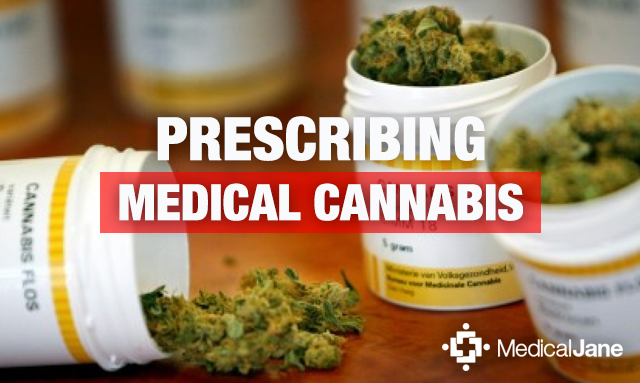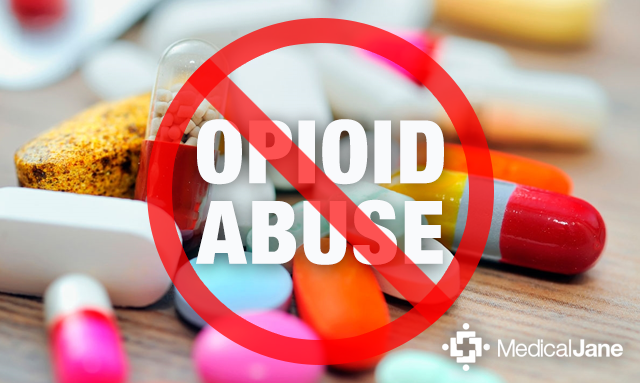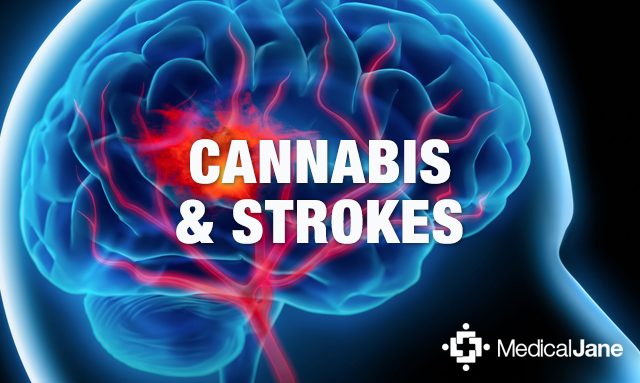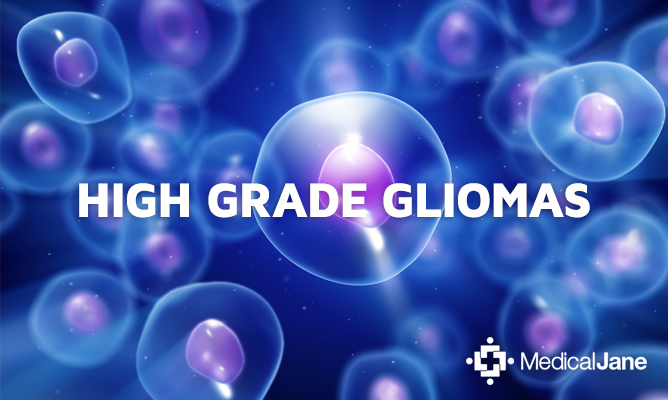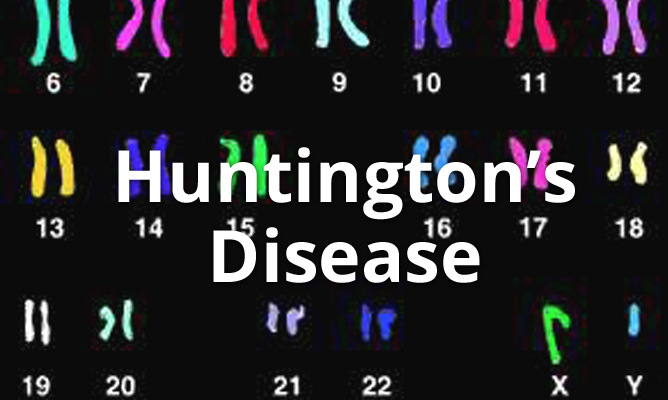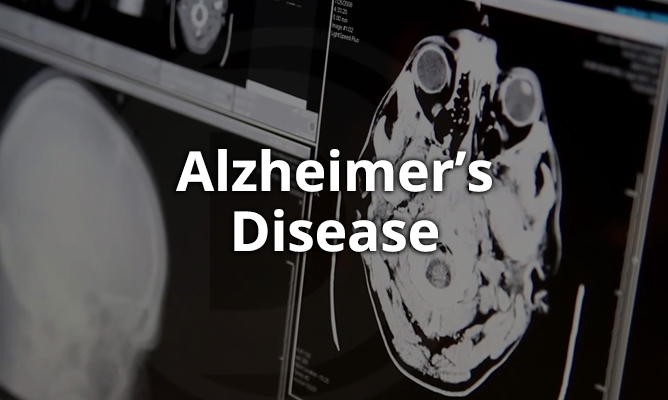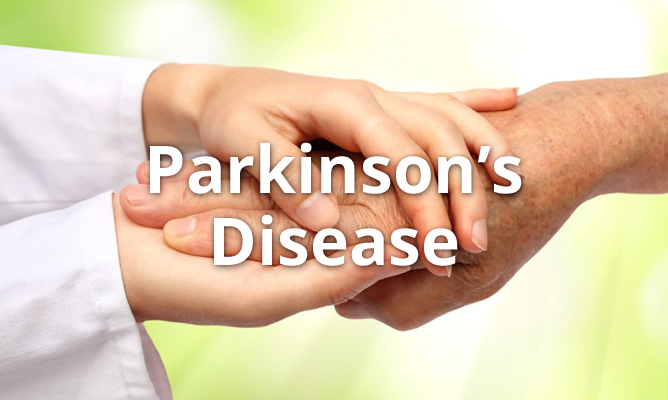Browsing Ailment Research
ShareTweet
New Study: Cannabis Use May Lead to a Lower BMI
The Dangers of Obesity and Insulin Resistance Insulin is a hormone made in the pancreas and distributed throughout the body, which functions to help glucose (i.e. sugar) enter cells, so that it can be used as energy to fuel the body. When insulin resistance (“prediabetes”) develops, cells no longer respond to insulin, and therefore take less glucose out of the bloodstream. As a result, glucose levels begin to rise in the blood, and glucose attaches to a component of red blood cells (RBCs), called hemoglobin (the part of the RBC that holds oxygen). This leads to a …
Cannabis Therapy For the Treatment of Glaucoma Symptoms
What is Glaucoma? The optic nerve carries signals from the eye to the brain, resulting in vision. Glaucoma can lead to damage of the optic nerve, and untreated, long-standing glaucoma can lead to blindness. In many cases, this damage is caused by an increase in pressure within the eye (intra-ocular pressure), resulting from abnormalities with the amount of fluid in the front portion of the eye, called “aqueous humor“, which is produced by a part of the eye called the ciliary body. Pressure in the eye builds either due to (1) …
Physician’s Organization in Canada Releases Guidelines for Prescribing Medical Cannabis for Pain
Prescribing Patients Medical Cannabis for Pain In December 2014, the College of Family Physicians of Canada published its preliminary recommendations for physicians recommending/prescribing smoked cannabis for chronic non-cancer pain in the organization’s journal, Canadian Family Physician. The authors reviewed the information available on cannabis for medical use, utilizing mainly level II (“well conducted observational studies”) and level III (“expert opinion”) evidence to create guidelines on the following aspects of medical cannabis use for chronic non-cancer pain: conditions recommended for use circumstances under which medical cannabis should not be recommended circumstances under which caution should be taken …
Study: Whole-Plant Cannabis as Add-On Therapy for Chronic Non-Cancer Pain
Researchers Study Patients With Non-Cancer Pain According to a recent study, of patients currently using prescribed opioids to control non-cancer pain, approximately 16% are also using whole-plant cannabis medicines for additional management. Additionally, approximately 25% report that they would use cannabis if it was made available to them. These results were published on December 2014 in the journal Drug and Alcohol Dependence. Data gathered for this study was taken from a sample population of 1,514 people taking part in the Pain and Opioids In Treatment (POINT) study in Australia. Other information gathered, characterizing patients using …
Study: Cannabidiol (CBD) May Prevent Degenerative Disc Disease
What is Intervertebral Disc Degeneration/Degenerative Disc Disease? Intervertebral discs sit between each vertebra (bone segments of the spine) and are comprised of fibrous cartilage. They act to stabilize and mobilize the spine, and also to absorb shock that results from movement, in order to prevent damage to the body. When intervertebral discs are damaged and degenerate (most commonly in the regions of the neck and lower back), the spine loses stability and mobility, and several complications can arise, including osteoarthritis (vertebrae start to rub together), herniation (discs bulge out and may compress nerves), and …
Study: Cannabis May Help Reduce Brain Damage Caused By Ischemic Strokes
What is a Stroke? Strokes, which are injuries to the brain caused by blockage of its blood supply, are the leading cause of severe and long-term disability in the United States. Strokes happen very frequently (approximately once every 40 seconds). Each year, approximately 795,000 people in the U.S. have a stroke, and death is caused in approximately 140,000 cases. Strokes most often occur in those with high blood pressure, and while strokes most often happen in the elderly, approximately 1/4 occur in those younger than 65. Since blood carries oxygen and nutrients to the …
Study: Cannabis Offers Possible Treatment for High Grade Gliomas
A study published in November 2014 in Molecular Cancer Therapeutics and conducted at St. George’s University of London’s Department of Oncology has found that the use of cannabinoids, specifically delta-9-tetrahydrocannabinol (THC) and cannabidiol (CBD), may be useful in treating high-grade gliomas, potentially slowing the disease’s progression. What Are High Grade Gliomas? Gliomas are a type of advanced brain cancer that are fast-growing, aggressive, and difficult to treat. Gliomas occur in the brain and spinal cord and result from the excessive proliferation of abnormal neuroglia, cells of the nervous system that are not …
An Overview of Huntington’s Disease and Cannabis
An Introduction to Huntington’s Disease Huntington’s Disease (HD) is a severely debilitating neurodegenerative disease caused by a genetic mutation which leads to creation of mutated “huntingtin” protein (normally, the huntingtin protein functions to preserve cells of the nervous system [neurons], especially in the brain). Although the exact mechanism is not fully known, the development of this mutated protein leads to destruction of neurons in the basal ganglia, a part of the brain involved in movement regulation, as well as other areas. Patients with Huntington’s Disease tend to experience …
An Overview Of Alzheimer’s Disease and Medical Marijuana
Introduction to Alzheimer’s Disease (AD) Alzheimer’s disease is a neurodegenerative disease caused by the buildup in the brain of extracellular plaques (made of a proteinacious material called amyloid) and intracellular tangles (made up of tau protein). These processes lead to destruction of brain cells and, subsequently, to severe dementia (i.e. “decline in mental ability severe enough to interfere with daily life”) and associated issues. Patients with Alzheimer’s disease eventually experience memory loss, difficulties in planning, solving problems, and understanding, poor …
Managing Parkinson’s Disease Symptoms With Medical Marijuana
Introduction to Parkinson’s Disease (PD) Parkinson’s Disease (PD) is a neurodegenerative disease that is caused by destruction of dopaminergic neurons (i.e. cells of the nervous system that make and release dopamine, a signalling molecule) in the substantia nigra (SN), an area of the brain involved in regulating movement. Patients with Parkinson’s Disease experience tremors, slowed movement, muscle stiffness, balance issues, sleep disturbance, and more. Parkinson’s Disease is a debilitating disease with no cure, although there are treatment options available. For …


